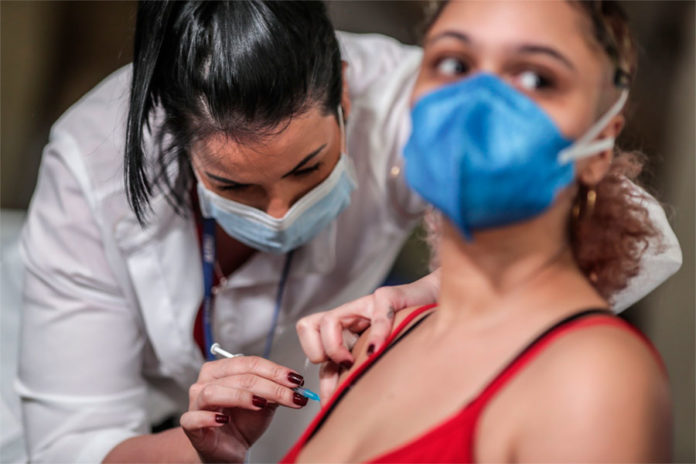On August 31st, the FDA authorized the new bivalent COVID-19 vaccine booster for anyone 12 years or older who received an initial vaccination or booster shot at least two months ago. The original boosters are suspended and only available to children under the age of 12. Bivalent means the new booster provides protection against the original COVID-19 virus strain and the Omicron variant. The new boosters contain half of the original vaccine and half of the new Omicron variants, which are the most contagious. The updated bivalent booster will help provide better protection against COVID-19.
Existing data from the past year has shown that COVID-19 boosters provide significant amount more protection against severe illness, hospitalization, and death from COVID-19. It has been known for all vaccines, not just for COVID-19, that boosters are important because immunity decreases over time. It is especially important to get the new booster as we approach the fall and winter seasons; it was rolled out in early September to provide the opportunity to get ahead of the next new COVID-19 wave.
Some people may believe that they do not need the updated COVID-19 booster. They may have doubts about the new booster because it has not included human trials; however, the flu vaccine only uses animal studies, and millions of Americans get the flu shot every year. Additionally, people may believe they have enough protection from previous shots. Or, there may be other logistical barriers such as lack of transportation to and from the vaccination site or lack of time off from work. Although disparities in getting vaccinated have decreased in the Latino community, disparities related to booster shots persist. Communities should be supported in getting access to the booster, and addressing hesitancy.
Across the United States, COVID-19 booster hesitancy has been most evident among Latinos and other minorities. In Philadelphia, the COVID-19 booster rates have plateaued for Latinos of all age groups. Additionally, according to the Philadelphia Department of Public Health Vaccination Dashboard, Latinos have one of the lowest booster rates across all age groups. There has to be a new messaging strategy for the updated booster as it has become more difficult for people to roll up their sleeves. The University of Pennsylvania Immunologist E. John Wherry mentioned to PBS WHYY that one way to do this could be to have public health officials, providers, and US authorities more clearly explain that an updated COVID-19 vaccine should be expected every few months. He also recommended that authorities rebrand the boosters to make them more normalized, rather than framing them as a panicked response to new variants.
COVID-19 guidance continues to change as scientists and public health professionals are learning more about the COVID-19 virus. New variants continue to emerge, and new developments such as the bivalent boosters are created. Even with all this change, the data continues to remain consistent, which is that getting vaccinated and boosted are one of the best measures anyone can take to protect themselves and their loved ones.






















